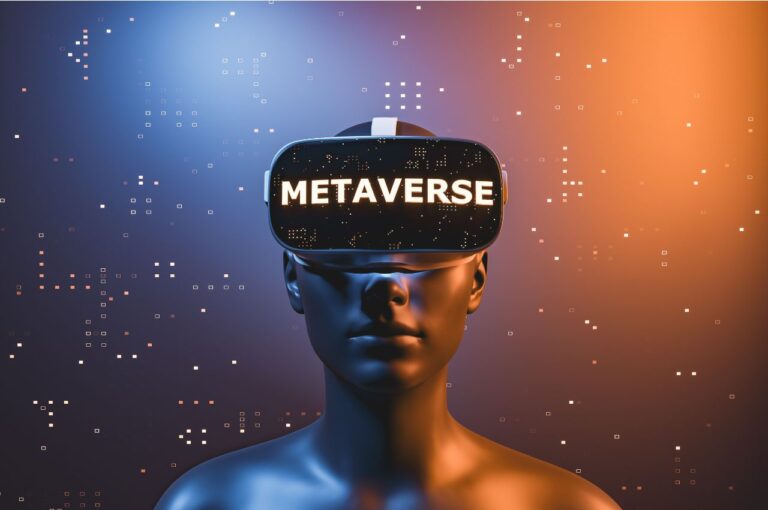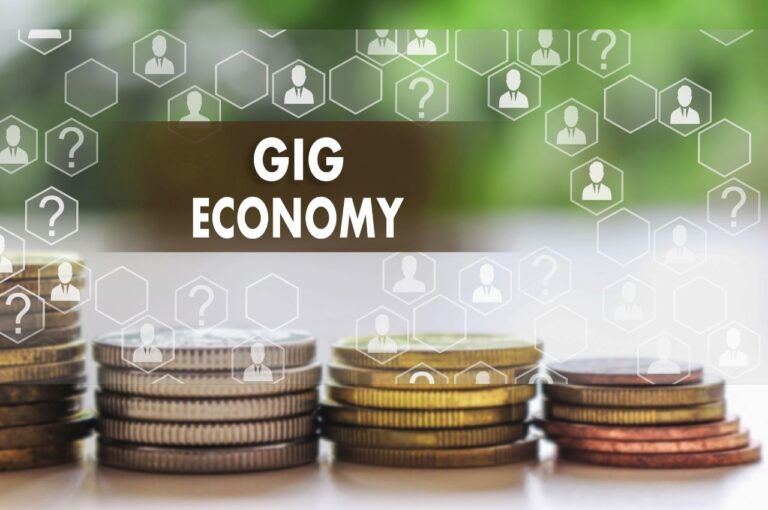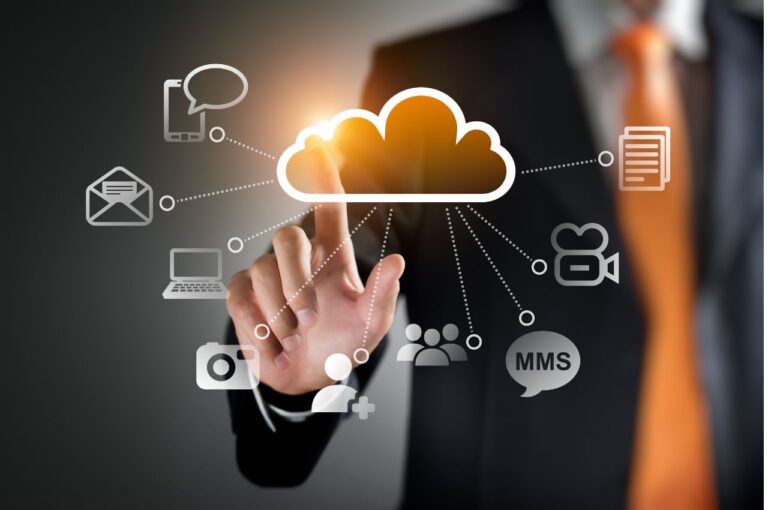Listen to the article
You have probably heard about 5G and if not, you will soon. We have listened to conversations about it and mused over its controversies. 5G comes with the promise of faster internet speeds and connectivity. But is that all there is to the 5G technology?
What is 5G?
Wikipedia defines 5G as the fifth-generation technology standard for broadband cellular networks. It is the successor to the 4G networks, which most smartphones use. Previously we had 1G, 2G, and 3G networks.
5G provides faster internet speeds, lower latency, and improved capacity compared to previous generations. 5G networks are being rolled out globally, and not all areas have coverage yet.
5G technology is a product of collaboration among many companies, organizations and research institutions. These companies include Ericsson, Nokia, Samsung, Huawei, and ZTE, among others. These companies were responsible for defining the standards of 5G technology.
Statista notes that in 2019, 5G-enabled smartphones only accounted for one percent of total smartphone shipments, but in 2020 the number increased to 20 percent. In 2023, the expected market share is 69 percent, overtaking 4G shipments. That means the use of 5G is growing exponentially worldwide.
5G will transform our lives radically and power some of the most advanced technologies that we considered futuristic but are now here, for example, smart cities, smart homes, autonomous vehicles, etc. It will enable consumer technologies that are not possible with 4G.
What are The Advantages of 5G Technology?
5G has many advantages for individuals, businesses, and industries and will play a key role in shaping the future. Below are some advantages of 5G technology.
Improved internet connectivity and speed. The internet speeds of 5G are up to 100 times faster than 4G. That means that you can download a full-length movie in a few seconds. The high speeds of this technology will help people access and share information more quickly. 5G will improve connectivity in rural and underserved areas.
Supports the Internet of Things (IoT). 5G networks can support many connected devices and is ideal for IoT and other applications that rely on a large number of connected devices. It will enable the reality of self-driving cars, augmented/virtual reality, smart cities, smart agriculture, smart manufacturing, etc. Statista says that 5G connectivity is expected to drive the market growth of IoT in the coming years because it can connect machines and devices with higher data speeds, ultra-low latency and increased availability.
Improved healthcare. 5G will support telemedicine and remote monitoring, which will help those in remote areas receive medical care. That will significantly reduce the burden on the healthcare systems of various nations. 5G will also support real-time communications between emergency services and first responders, which will improve response times and save lives.
Enhanced education. 5G will support online learning and make education more accessible to those in remote areas. It will enable real-time video conferencing and virtual classrooms. Deloitte notes that 5G will leverage the use of new learning platforms based on AR/VR technologies enhancing the learning experience of students, and it also has the potential to power robots that can help students with special needs.
More reliable e-commerce. 5G will enable faster and more reliable e-commerce, which can help improve access to goods and services, especially in rural areas. It will create new business opportunities and promote economic growth. When retailers use the capabilities of 5G, they can enable their customers to visualize products in 3D. Here is a short video showing how people can fit clothes virtually before buying them and another video from a clothing store using virtual reality.
5G technology helps bridge the digital divide by making technology more accessible to the underserved. TechTarget defines the digital divide as the gap between demographics and regions that have access to modern information and communications technology (ICT) and those that don’t or have restricted access.
The digital divide impacts the ability of people and communities to access information, communicate and participate in the digital economy. Governments, organizations, and businesses are working towards addressing the digital divide by bringing internet access and digital literacy to underserved communities. 5G is a key player in these initiatives.
An Example of 5G in Use
Safaricom PLC, Kenya
Safaricom and Nokia launched East Africa’s first commercial 5G services in Kenya. The technology enables new applications in virtual reality and artificial intelligence for Safaricom subscribers. It will benefit enterprises in energy, healthcare, transport and entertainment applications. Safaricom has a 5G router and wireless internet packages. The connectivity can handle up to 32 devices. Some areas in Kenya where Safaricom provides 5G coverage are Nairobi, Kisumu, Nakuru, and Mombasa, among others. The coverage is available in some sections of these cities.
How to get started with 5G
It’s important to know where to start with 5G, and below are some points to consider.
Check for the availability of 5G in your area. Not all areas have coverage yet.
Upgrade your devices. Invest in 5G-compatible devices such as smartphones, tablets, and laptops.
Identify a 5G service provider and sign up for a 5G plan.
Use 5G-enabled apps that are optimized for the technology.
Use 5G in your business to improve operations. Use technologies such as augmented reality for training, product demonstrations, etc.
Experiment with different 5G services and applications to help you understand the capabilities of 5G and how you can best use it.
Stay updated on new developments in 5G by reading industry publications and attending 5G conferences and seminars.



